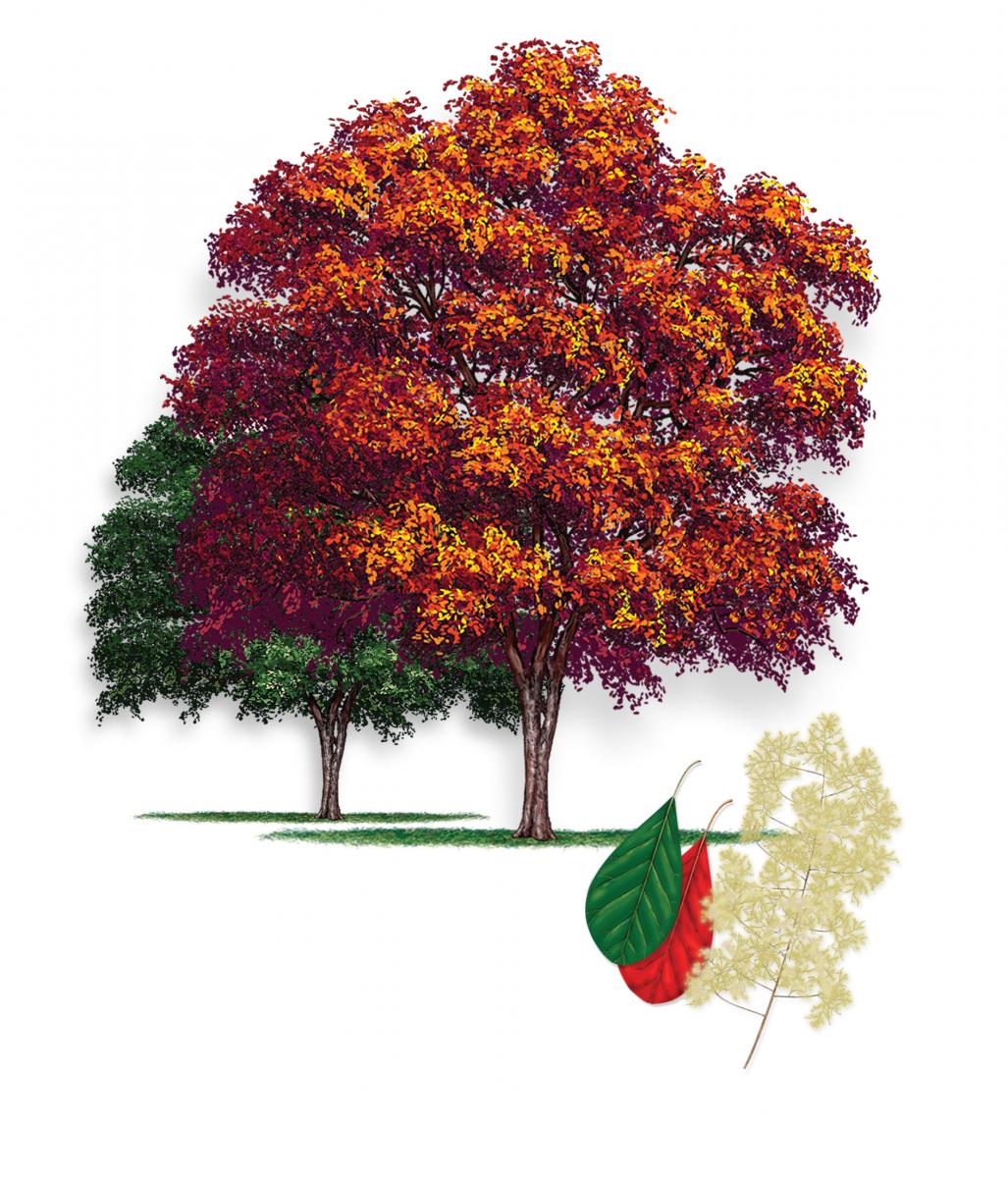
American Smoke Tree AustinTexas.gov The Official Website of the City of Austin
Description American smoketree is native to the southern United States, growing in the rocky mountain soils from Kentucky, Tennessee, and northern Alabama westward to Oklahoma. Growth can also be found in central Texas. Its native habitat includes limestone glades and rocky limestone bluffs on north or east facing slopes.

PlantFiles Pictures American Smoketree, Chittamwood, Wild Smoke Tree, Yellow Wood (Cotinus
American smoketree is a deciduous small tree or large shrub. Trees typically grow 20 to 30 ft. tall with an equal spread. Trees are upright, occasionally multi-trunked and have a rounded shape. Leaves Leaves are nearly round and average 4 inches long and fragrant when crushed. Leaves are dark blue-green in summer.

American Smoketree Tree, American, Favorite
American Smoketree, or Cotinus Obovatus, is a large tree that rewards its surroundings with great looking foliage, beautiful pink or purple flowers, and outstanding shelter for songbirds. This tree is an aggressive grower that is covered with cool gray foliage. In June, the tips of the branches are covered with clusters of hundreds of flower buds.

PlantFiles Pictures American Smoketree, Chittamwood, Wild Smoke Tree, Yellow Wood (Cotinus
The American smoketree ( Cotinus obovatus, syn. Rhus cotinoides) is native to the southeastern United States, from Tennessee south to Alabama and west to Oklahoma and eastern Texas. It is a larger plant, frequently becoming a small tree between 3 and 5 meters (10 to 15 feet) tall, with a trunk from 20 to 35 centimeters (8 to 14 inches) in diameter.

Art's Bayfield Almanac COLORFUL AMERICAN SMOKE TREE
The American Smoke Tree, also known as Chittamwood, can be grown as a small ornamental tree or as a large shrub. It is not a well-known plant and can be hard to find in local nurseries. The tree is native to many states including Central Texas, Oklahoma, Arkansas, and Tennessee.
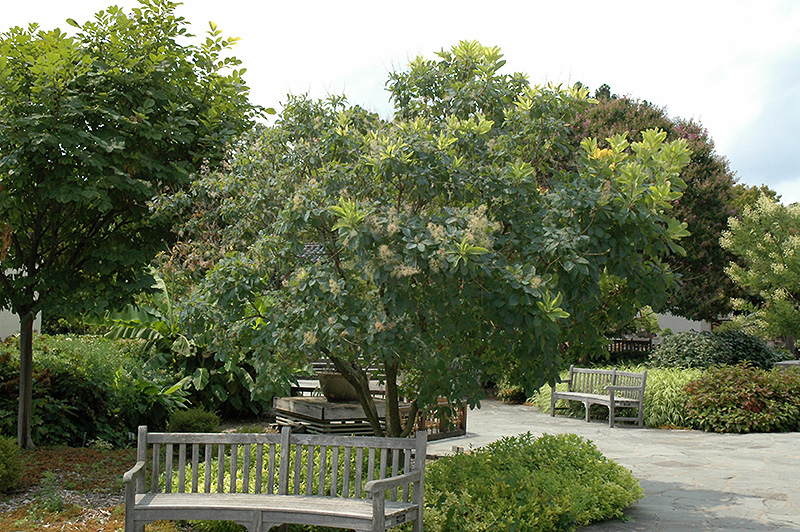
American Smoketree (Cotinus obovatus) in Columbus Dublin Delaware Grove City Gahanna Bexley Ohio
Description The Cotinus genus of smoketree is a group of flowering deciduous small trees or shrubs in the Anacardiaceae (sumac) family. There are three species originating from Europe and Asia, southeast US and southwest China ranging from 4' to heights in excess of 20'. It has very colorful, interesting leaves, airy flowers, and great fall color.

american smoke tree Google Search Smoke tree, Small ornamental trees, Ornamental trees
Smoke tree gets 15 to 30 feet tall and about half as wide and is widely planted in the Southeastern U.S., where they're native to rocky soils and often found on mountainous terrain. The more you can mimic its native region, the better, so water sparingly and don't fertilize this tree.
Art's Bayfield Almanac SPECTACULAR SMOKETREES
Cotinus obovatus - American Smoke Tree Large round blue-green leaves turn magnificent yellow, orange and salmon pink in autumn. Small summer flowers in fuZone Zone y clusters resemble smoke. One of the best features for Portland is that Cotinus obovatus is TOLERANT OF CLAY SOIL!! Upright trunk with round canopy.
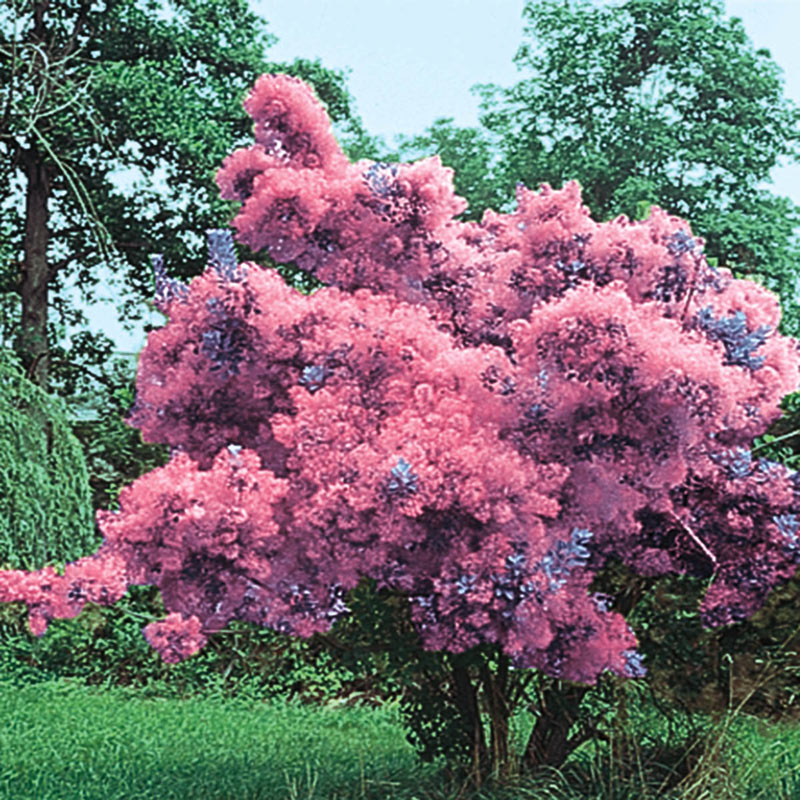
American Smoketree Gurney's Seed & Nursery Co.
American Smoke Tree Scientific Name Cotinus obovatus Family Anacardiaceae (cashews) Description American smoke tree is a tall shrub to small tree usually 6-16 feet tall, with slender, spreading branches and aromatic, resinous sap. It may attain a height of 33 feet.

27 Terrific Flowering Trees For Texas Yards ProGardenTips
American smoke tree is a native of North America, but is little used in home landscapes. This small to medium tree produces the same "smoke" (hairy fruit stalks) as its cousin, Eurasian smoke tree, and also offers excellent fall color.

Cotinus obovatus American smoketree The Dawes Arboretum
The American Smoketree gets the name from the clusters of its tiny blossoms, which look like the puffs of smoking from a distance. The tree could grow up to 20 to 30 ft (7 to 10 m) tall. They are best planted as an accent plant or en masse in a shrub border. Cotinus obovatus tree by Leonora (Ellie) Enking, CC.
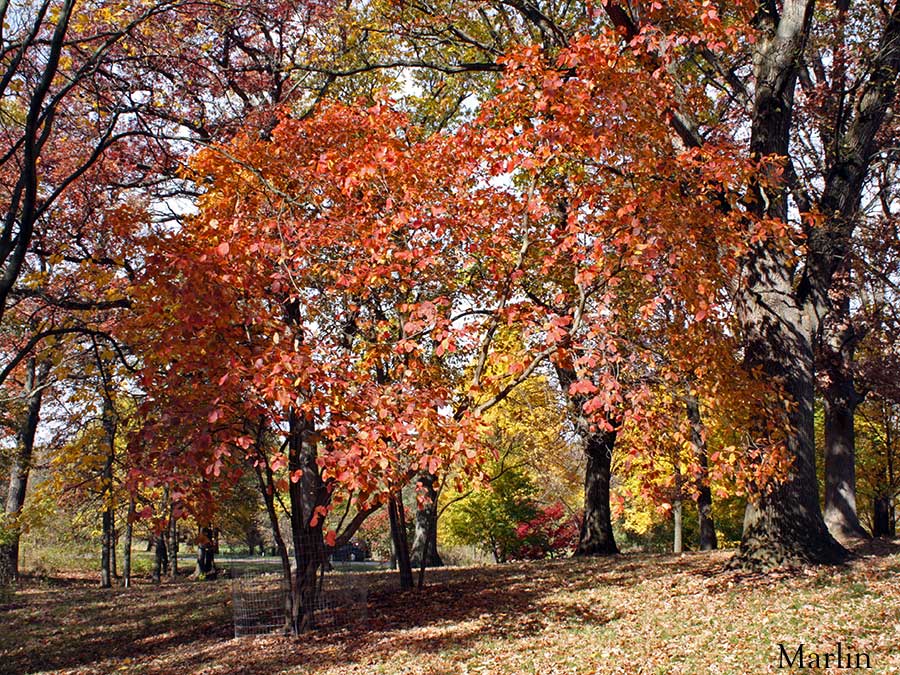
American Smoke Tree Cotinus obovatus North American Insects & Spiders
The smoke tree or smoke bush is a deciduous shrub that can be trained to grow as a tree. The multi-branching shrub has oval or rounded leaves and pink feathery plumes. Smoke trees grow 16 to 23 ft. (5 - 7 m) tall and have a spreading, irregular habit.
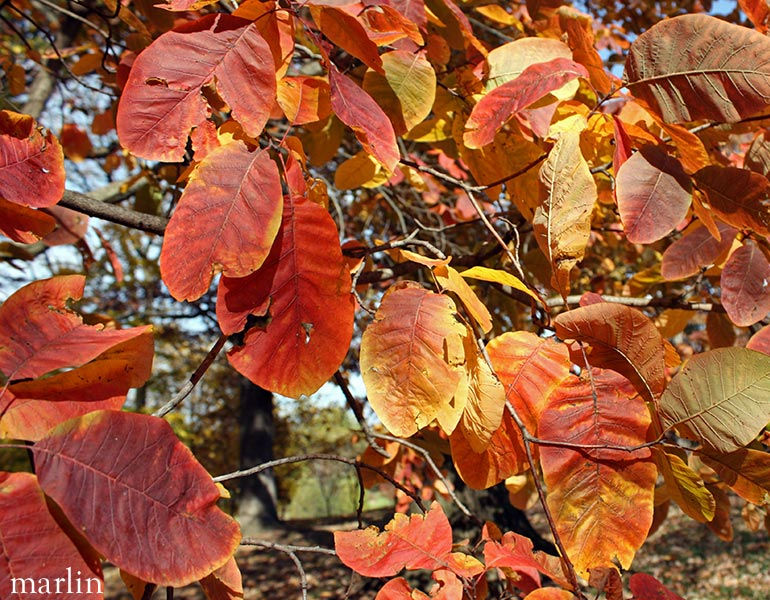
American Smoke Tree Cotinus obovatus North American Insects & Spiders
Cotinus obovatus syn. C. americanus, the American smoketree, [2] chittamwood or American smokewood, is a rare species of flowering plant in the genus Cotinus of the family Anacardiaceae, native to scattered locations in Oklahoma, Texas, Arkansas, Missouri, Alabama and Tennessee. It is a deciduous, conical shrub growing to 10 m (33 ft) tall by 8.

PlantFiles Pictures Cotinus Species, American Smoketree, Chittamwood, Wild Smoke Tree, Yellow
Cotinus obovatus, commonly called American smoketree, is a small, deciduous, rounded, Missouri native tree or large, upright shrub that typically grows 20 to 30 feet tall and occurs in limestone glades, rocky limestone bluffs, and bald knobs in the area of southeast Missouri.

sweetbay American Smoketree and roses
About the Data. The Fire and Smoke Map shows information on particle pollution, fires and smoke plumes: Particle pollution data: Particle pollution, also called fine particulate matter or PM 2.5, is the main type of pollution in smoke.; The Map shows particle pollution data from established air quality monitors operated by air quality agencies, temporary monitors deployed by agencies for smoke.

PlantFiles Pictures Cotinus Species, American Smoketree, Chittamwood, Wild Smoke Tree, Yellow
American Smoketree Cotinus obovatus Plant Type: Trees Native Environment: Glade Season of Interest: Late (July - frost) Main Color: Fall Color: Purple, Red USDA PLANTS Range Map At the range map link above, zoom in for county-level data Sun Exposure Full Sun, Medium Sun/Average Shade Soil Moisture Dry, Moderate Nature Attracting Wildlife Benefit